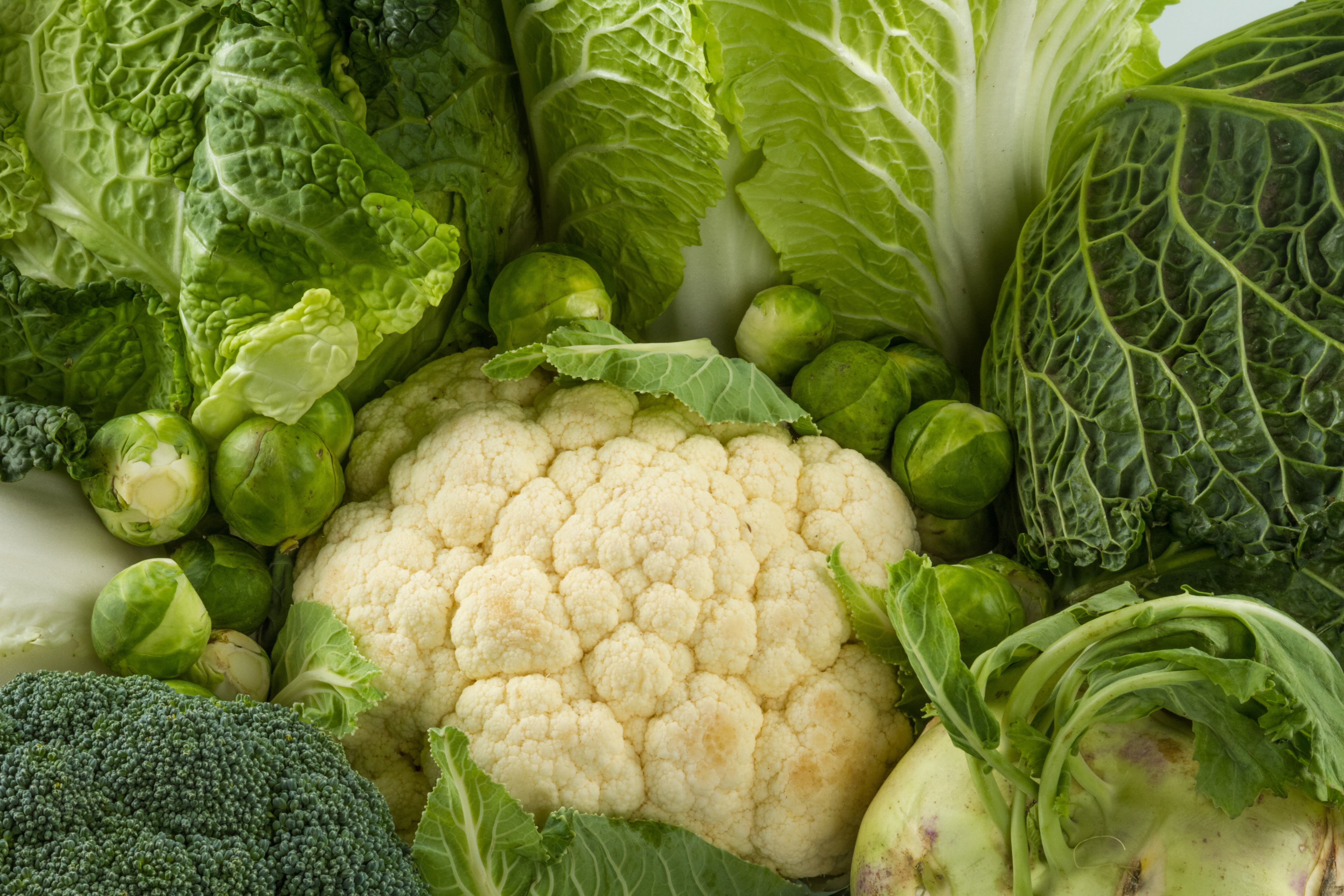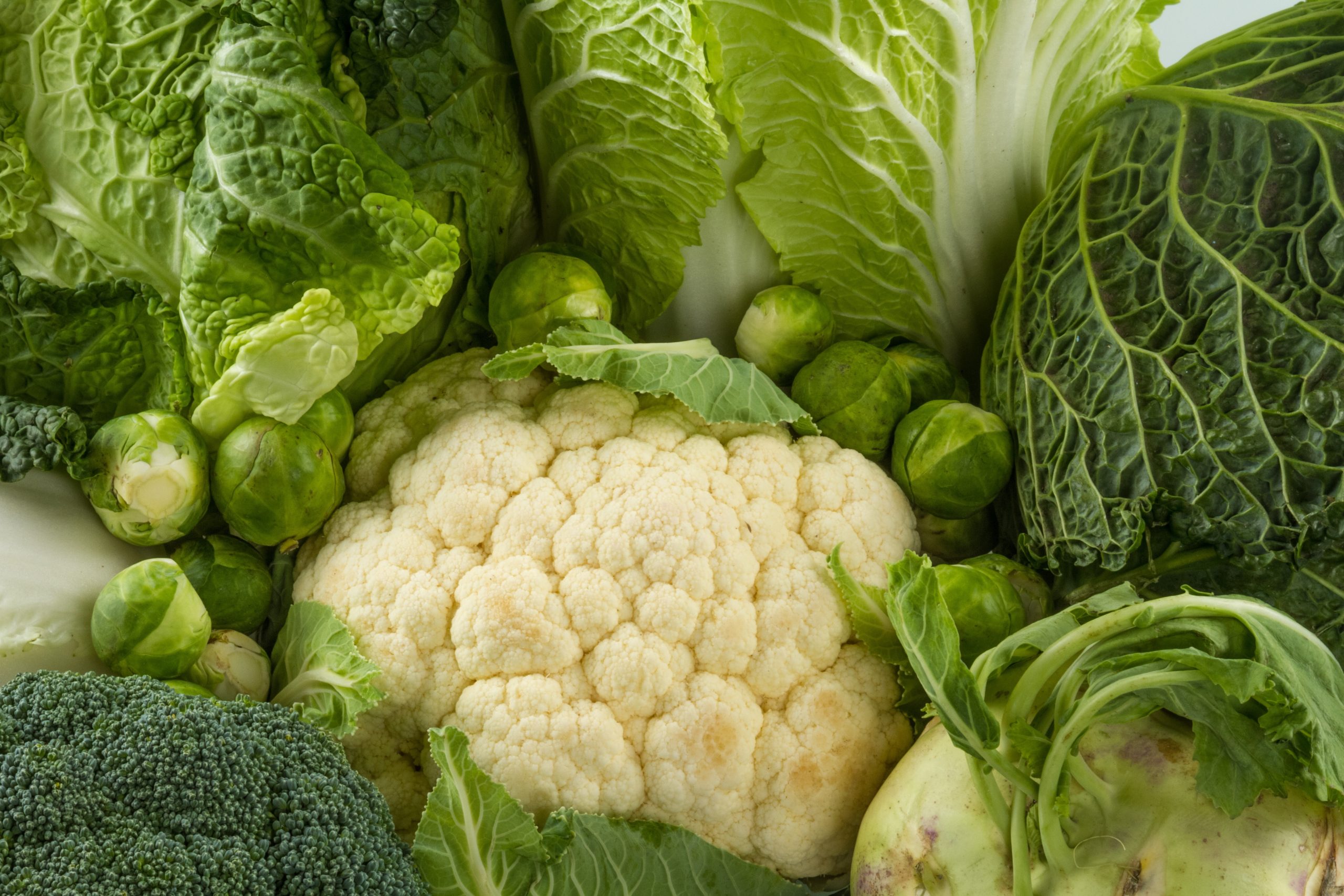Cultivating Abundance: A Comprehensive Guide on How to Grow Cole Crops
Growing cole crops, a diverse group of vegetables in the Brassicaceae family, can be a rewarding experience for both novice and seasoned gardeners. These cruciferous wonders, including broccoli, cauliflower, Brussels sprouts, kale, and cabbage, are not only delicious additions to your table but also packed with essential nutrients. In this comprehensive guide, we’ll delve into the nuances of growing cole crops, covering everything from soil preparation to pest management, ensuring a bountiful harvest and a thriving garden.

Understanding Cole Crops
Before we embark on the journey of cultivation, let’s understand the basics of cole crops. These vegetables share a common ancestry and are known for their adaptability to various climates and growing conditions. Each variety, from the vibrant green florets of broccoli to the tightly packed leaves of cabbage, has unique characteristics that require specific care during cultivation.
Selecting the Right Varieties
Broccoli (Brassica oleracea var. italica):
Choose varieties that suit your climate, as some are better suited for cooler temperatures. Popular choices include ‘Green Goliath’ and ‘Calabrese.’
Cauliflower (Brassica oleracea var. botrytis):
Varieties like ‘Snowball’ and ‘Purple Cape’ offer different flavors and colors. Consider your climate and preferences when selecting a variety.
Brussels Sprouts (Brassica oleracea var. gemmifera):
Opt for varieties like ‘Long Island Improved’ or ‘Churchill’ for well-formed sprouts. Brussels sprouts thrive in cooler conditions.
Kale (Brassica oleracea var. acephala):
Kale varieties, such as ‘Lacinato’ and ‘Winterbor,’ offer different textures and flavors. Choose based on your culinary preferences.
Cabbage (Brassica oleracea var. capitata):
Select cabbage varieties like ‘Early Jersey Wakefield’ for early harvest or ‘Savoy’ for a crinkled leaf texture. Consider the size of the head and the maturity period.
Preparing the Soil
Well-Drained Soil:
Cole crops thrive in well-drained soil. Ensure good drainage to prevent waterlogged roots, which can lead to diseases.
Soil pH:
Maintain a slightly acidic to neutral pH level, ideally between 6.0 and 7.5. This range supports nutrient absorption and microbial activity in the soil.
Amending with Organic Matter:
Enhance soil fertility by adding organic matter, such as compost or well-rotted manure. This improves soil structure and provides essential nutrients.
Soil Testing:
Conduct a soil test to determine nutrient levels. Based on the results, adjust nutrient levels using organic or synthetic fertilizers as needed.
Planting Cole Crops
Seed Starting:
Start seeds indoors for certain cole crops, like broccoli and cauliflower, about 6-8 weeks before the last expected frost. Use seed trays with a well-draining seed-starting mix.
Transplanting:
Once seedlings have developed several true leaves, transplant them into the garden. Space them according to the recommendations for each variety to allow for proper airflow and sunlight exposure.
Direct Sowing:
Some cole crops, like kale and cabbage, can be directly sown into the garden. Sow seeds at the recommended depth, and thin seedlings as they grow.

Watering and Feeding
Consistent Watering:
Provide consistent moisture, especially during dry spells. Uneven watering can lead to issues such as uneven head development in cabbage or buttoning in broccoli.
Mulching:
Mulch around the plants to retain soil moisture and suppress weeds. Mulching also helps regulate soil temperature, particularly during temperature fluctuations.
Balanced Fertilization:
Use a balanced fertilizer or amend the soil with organic fertilizers before planting. Side-dress with additional fertilizer during the growing season, following package instructions.
Pest Management
Companion Planting:
Utilize companion planting to deter pests. For example, planting aromatic herbs like basil or thyme near cole crops can help repel insects.
Natural Predators:
Encourage natural predators like ladybugs and predatory wasps that feed on common cole crop pests such as aphids and cabbage worms.
Crop Rotation:
Practice crop rotation to disrupt the life cycle of pests and reduce the risk of soil-borne diseases. Avoid planting cole crops in the same location every year.
Seasonal Considerations
Optimal Planting Times:
Understand the optimal planting times for each cole crop. Some, like kale and cabbage, can withstand colder temperatures and are suitable for early spring or late summer planting. Others, like broccoli and cauliflower, thrive in cooler weather.
Frost Protection:
Provide frost protection for cole crops susceptible to cold temperatures. Use row covers or cloths to shield young plants from late spring or early fall frosts.
Harvesting
Timing:
Harvest cole crops when they reach maturity. The ideal harvesting time varies for each variety, so refer to the specific guidelines for the chosen crop.
Cut-and-Come-Again Harvesting:
For crops like kale, adopt a cut-and-come-again approach. Harvest the outer leaves, allowing the inner leaves to continue growing for an extended harvest period.
Nutritional Benefits of Cole Crops
Vitamins and Minerals:
Cole crops are rich in essential vitamins and minerals, including vitamins C, K, and A, as well as potassium, calcium, and folate.
Antioxidants:
The presence of antioxidants, such as glucosinolates, makes cole crops powerful defenders against oxidative stress, contributing to a reduced risk of chronic diseases.
Fiber Content:
High dietary fiber content in cole crops promotes digestive health, supports weight management, and regulates blood sugar levels.
Cancer-Fighting Properties:
The unique phytochemicals found in cole crops, particularly glucosinolates, have been linked to a lower risk of certain cancers, including breast, prostate, and colorectal cancers.

Cooking Tips and Culinary Inspirations
Roasting:
Roasting brings out the natural sweetness in cole crops like Brussels sprouts and cauliflower. Drizzle with olive oil, sprinkle with herbs, and roast until golden brown for a delicious side dish.
Stir-Frying:
Quick and flavorful, stir-frying is ideal for broccoli and kale. Add garlic, ginger, and soy sauce for an Asian-inspired twist.
Steaming:
Retaining maximum nutritional value, steaming is perfect for delicate cole crops like broccoli. Serve with a squeeze of lemon for a simple and nutritious side.
Raw Preparations:
Embrace the freshness of cole crops by incorporating them into salads or as crunchy additions to wraps. Massaged with a vinaigrette, kale becomes tender and flavorful.
Cultivating cole crops is a fulfilling journey that promises a bountiful harvest and a plethora of health benefits. From selecting the right varieties and preparing nutrient-rich soil to managing pests and harvesting at optimal times, each step contributes to a successful garden. Embrace the nutritional richness of cole crops, incorporating them into culinary delights for a wholesome dining experience. Whether you’re a gardening enthusiast or a culinary adventurer, growing cole crops offers a tapestry of flavors and textures, enriching both your garden and your table with the vibrant essence of these cruciferous wonders. Happy gardening and bon appétit!

